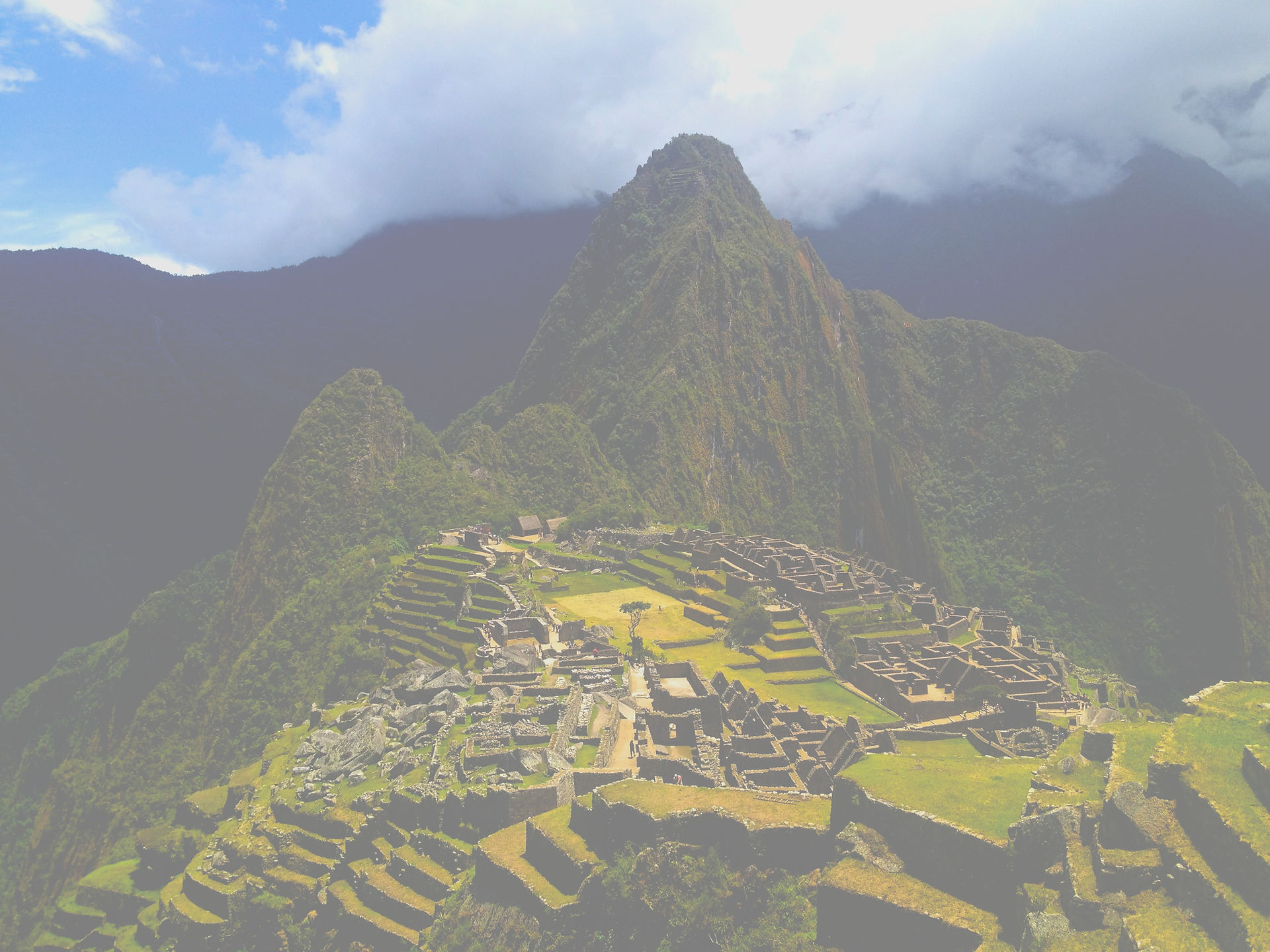top of page







Business in Peru
Aesthetics
Textiles
The native Andean textiles represent the continuing culture from at least 10,000 years ago. Fiberwork has been found Guitarrero Cave, in the Ancash region of Peru. Beginning with twined cotton fabric, the industry has expanded to include alpaca and llama wool. Many prodcuts include blankets, scavers, sweaters, hats, socks and more.
Business Dress
-
Both men and women are expected to dress formal and professional, as well as conservatively in business.
-
Men should wear suit pants, coat, and tie.
-
Women should wear suits or dresses.
-
Shined shoes are important to many.
-
Business casual attire is not usually considered appropriate in Peru.
Dance
Chujchu: A comical dance in which the dancers represent laborers during the Colonial era who traveled to the tropical valleys for work on sugar plantations. These performers often fall to the ground and "treated" by doctors.
Qhapaq Ch'unchu: These dancers represent native warriors from the Qosñipata jungle who wear mesh masks and a brightly colored headbands filled with jewels and feathers from jungle birds. They wear kilts and carry a spear. There is ususally monkey character who entertains the crowds.
Qhapaq Qolla: This represents the legendary merchants from the Lake Titicaca, who would bring products to trade or exchange for products from the jungle regions. The dancers wear a knitted woolen masks called a "waq'ollo" and a square flat hat called an "aqarapi". They hang a dried vicuña from their back. They also sing to the Virgin to demonstrate their devotion.
bottom of page